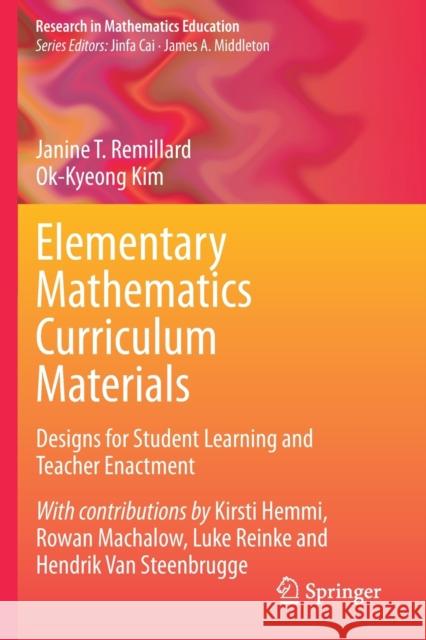Elementary Mathematics Curriculum Materials: Designs for Student Learning and Teacher Enactment » książka
topmenu
Elementary Mathematics Curriculum Materials: Designs for Student Learning and Teacher Enactment
ISBN-13: 9783030385903 / Angielski / Miękka / 2021 / 321 str.
Elementary Mathematics Curriculum Materials: Designs for Student Learning and Teacher Enactment
ISBN-13: 9783030385903 / Angielski / Miękka / 2021 / 321 str.
cena 642,56
(netto: 611,96 VAT: 5%)
Najniższa cena z 30 dni: 578,30
(netto: 611,96 VAT: 5%)
Najniższa cena z 30 dni: 578,30
Termin realizacji zamówienia:
ok. 22 dni roboczych.
ok. 22 dni roboczych.
Darmowa dostawa!
Kategorie:
Kategorie BISAC:
Wydawca:
Springer
Seria wydawnicza:
Język:
Angielski
ISBN-13:
9783030385903
Rok wydania:
2021
Wydanie:
2020
Numer serii:
000345947
Ilość stron:
321
Waga:
0.48 kg
Wymiary:
23.39 x 15.6 x 1.83
Oprawa:
Miękka
Wolumenów:
01
Dodatkowe informacje:
Wydanie ilustrowane











